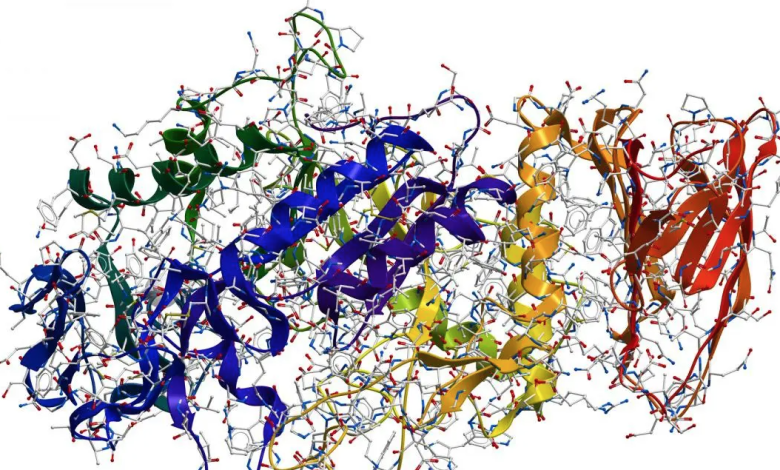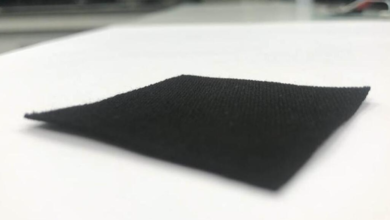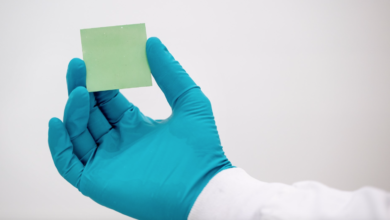PET Recycling: from the cemetery in Leipzig, the super-efficient plastic-eating enzyme
The PET recycling enzyme studied by the European projects MIPLACE and ENZYCLE
(Sustainabilityenvironment.com) – Scientists at the German University of Leipzig have isolated a new plastic-eating enzyme for PET recycling in record time. Beating even the natural holder of the first place, the enzyme LCC was discovered 10 years ago in Japan and is considered to date the best possible candidate. Of the 7 candidates tested by German researchers, PHL7 proved particularly efficient, with performance significantly above average.
PHL7 was taken from a compost heap that was located in Südfriedhof, a cemetery in Leipzig. Put in an aqueous solution together with PET, this plastic-eating enzyme clearly beat its competitor LCC. The result? Within 16 hours, PHL7 decomposed and recycled 90% PET, while its rival stopped just at a 45% degradation. In 24 hours, he decomposed an entire plastic basket.
“So our enzyme is twice as active as the gold standard in hydrolases for polyester removal,” comments Christian Sonnendecker of the University of Leipzig, who works on this research within the European projects MIPLACE and ENZYCLE. Knowing that the performance of the PET recycling enzyme is exceptional, the Sonnendecker team went on a quest to find out why. Finding the response in a single block of the chain of amino acids that makes up the proteins of PHL7: compared to other similar enzymes known, instead of a residue of phenylalanine has leucine.
“The enzyme discovered in Leipzig can make an important contribution to the creation of alternative energy-saving plastic recycling processes,” says Wolfgang Zimmermann of the University of Leipzig. “The biocatalyst now developed in Leipzig has proven to be highly effective in the rapid decomposition of used PET food packaging and is suitable for use in an environmentally friendly recycling process where new plastic can be produced from decomposition”.
The next step will be to find an industrial partner to join forces and build a prototype PET biological recycling plant. In this way, it will be possible to estimate more accurately the actual performance of the plastic-eating enzyme and the reduction in recycling costs that it allows.






